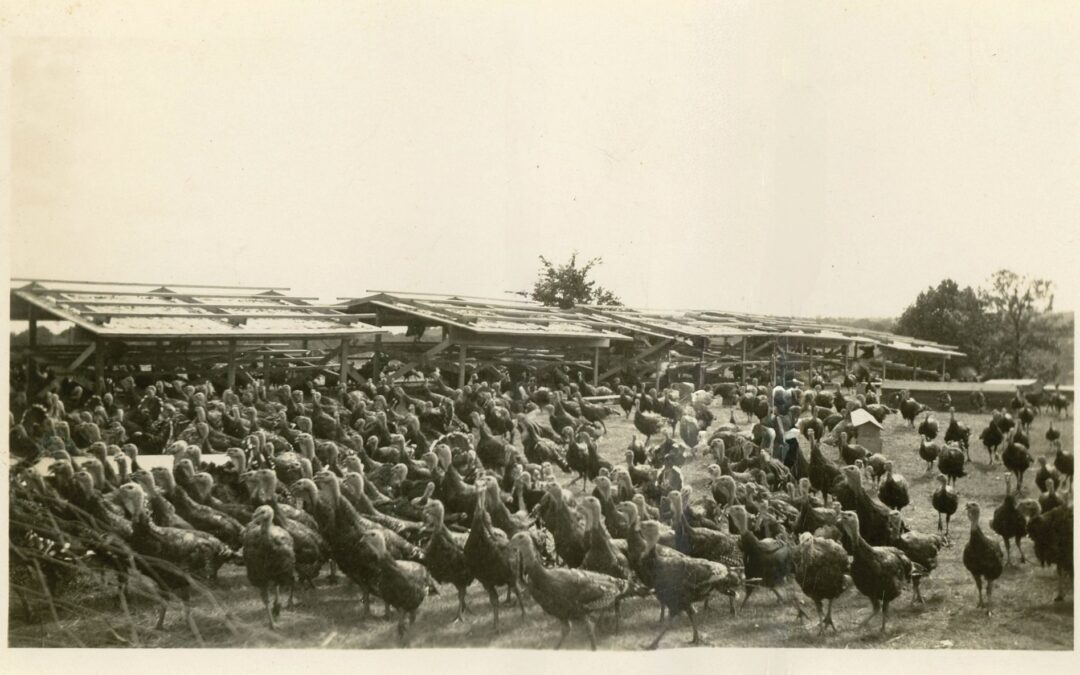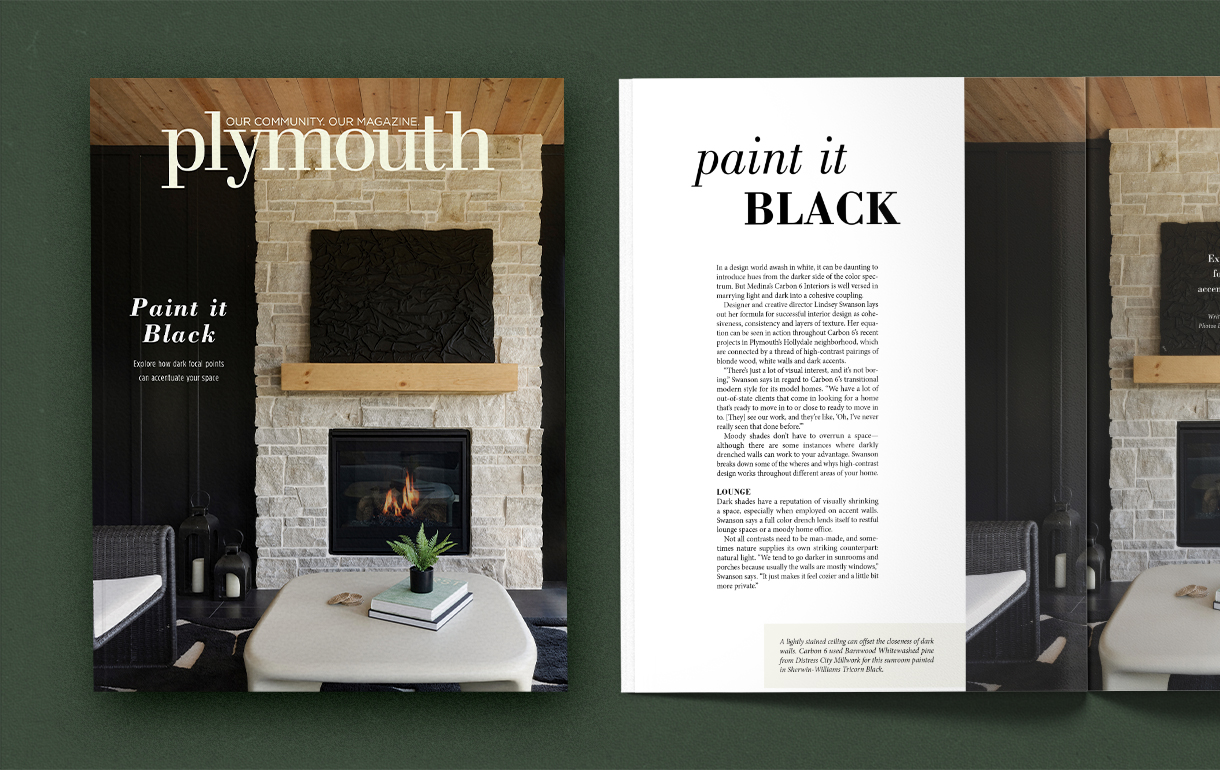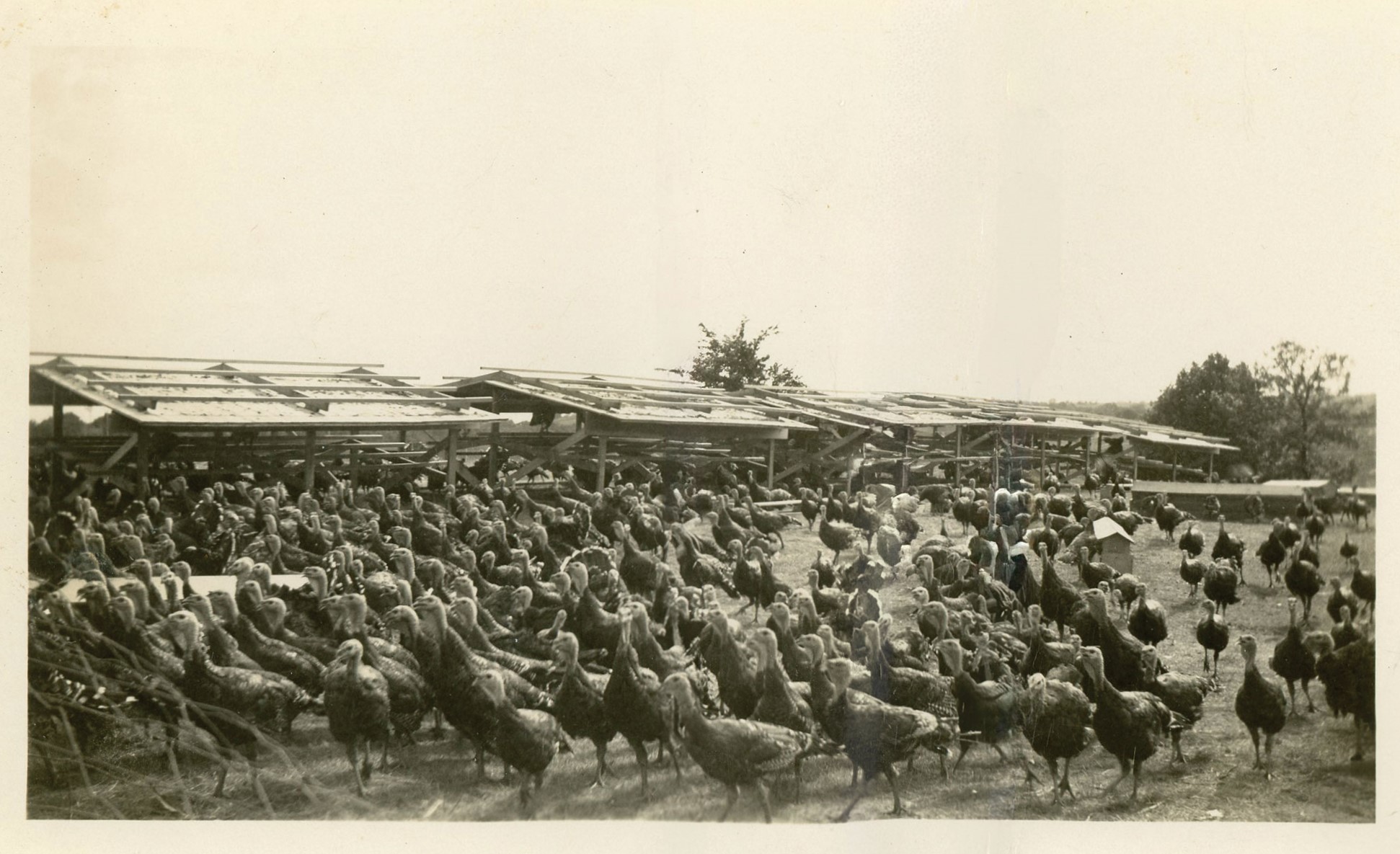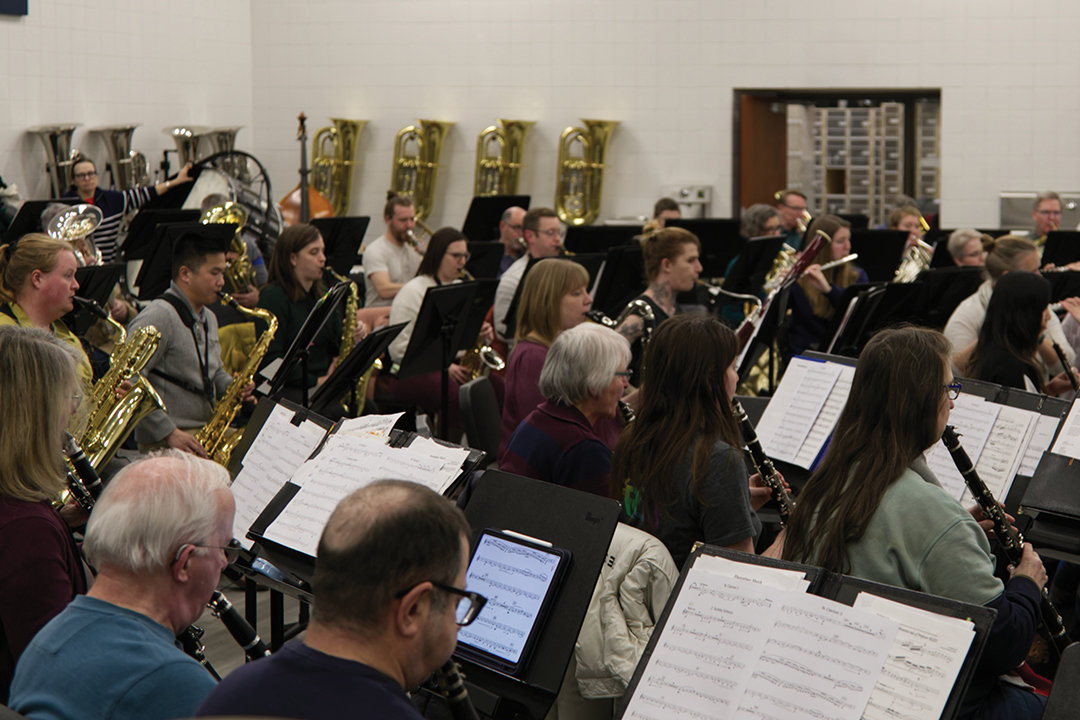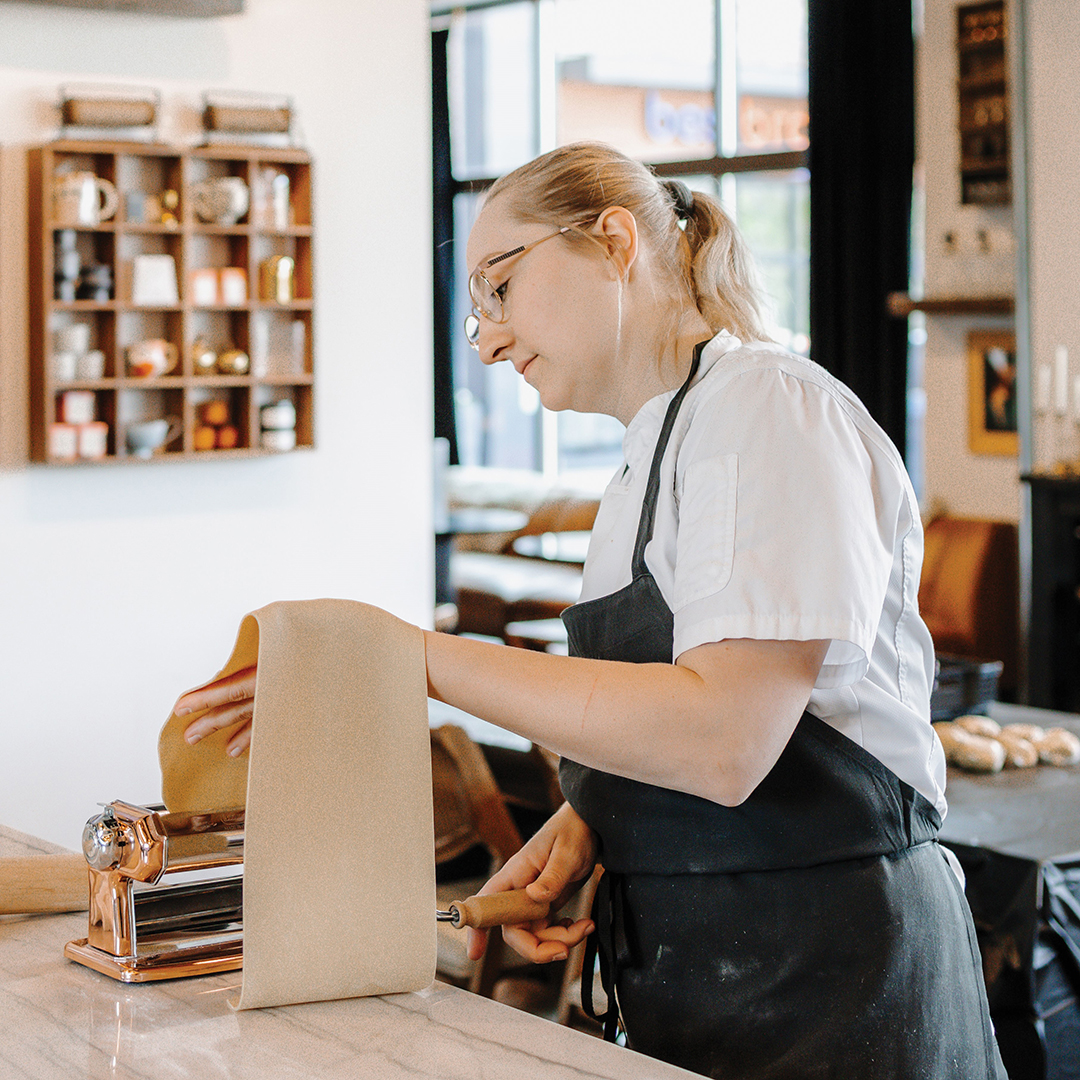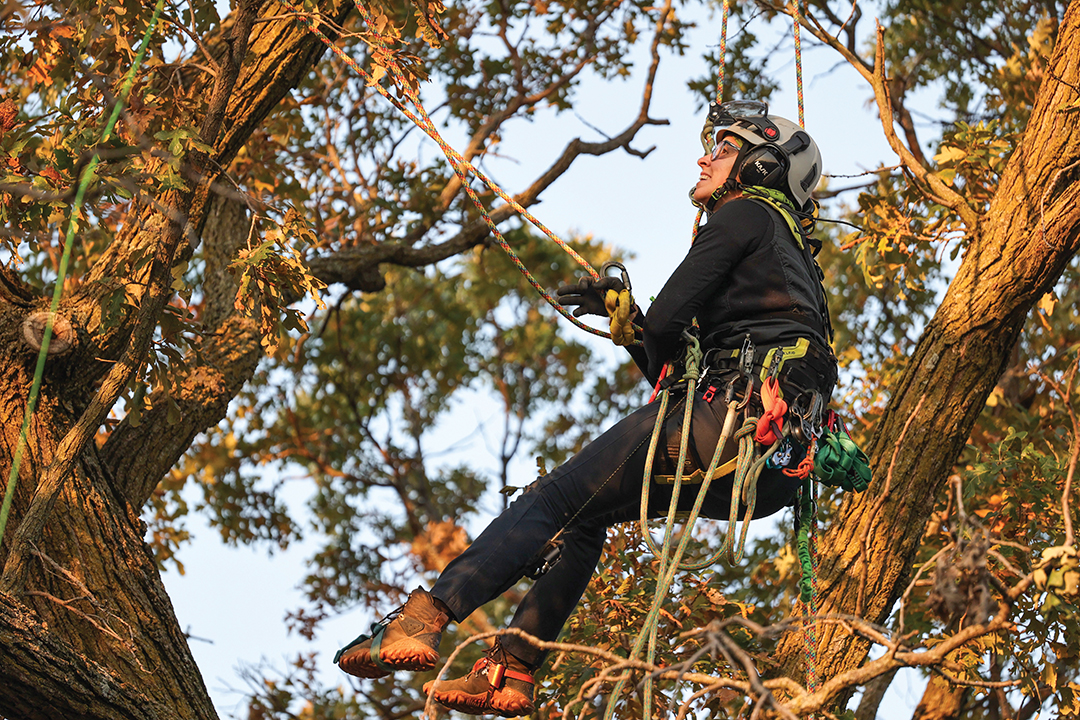
Left: City of Plymouth parks maintenance worker Sydney Hudzinski feels perfectly at home up in the air. Learn about her competitive tree-climbing exploits over this past autumn. Photo: City of Plymouth
A Plymouth city forester walks us through local foliage management.
AI tree inventories are changing how cities catalog and manage their canopies, and Plymouth is looking to break new ground.
In November, the Plymouth City Council approved a contract with Davey Resource Group. Davey, in turn, will provide Plymouth with a comprehensive tree assessment this summer.
“They do this by using unbelievably cool AI technology,” says Paul Buck, City of Plymouth forester. “It’s cutting edge to the nth degree.”
While Buck doesn’t pretend to know the how, he knows the why and the what. “We’ll get an inventory that will list species, diameter, health and eco benefits of some 40,000 trees,” he says. “I’m guessing Plymouth has about 33,000 trees on its boulevards and another 10,000 in its parks and public lands.”
Come summer, he’ll know exact numbers.
The main priority with this comprehensive inventory, Buck says, is safety. “If we know which trees are failing, we can remove those trees or do preventive maintenance,” he says. “It allows us to be proactive. We’ve been more reactive in the past, cleaning up after a heavy snowstorm or wind event.”
Plymouth has conducted tree surveys before. They’re time- and labor-intensive. While the previous information is valuable, Buck says it won’t be nearly as valuable as the information he expects to get from Davey.
The new survey will assess the structure of Plymouth’s trees and identify those most likely to fail. Then “we’ll reinspect 10 to 20 percent of the most structurally unsound trees or limbs to evaluate for further work,” Buck says.
Species-composition knowledge is also an important piece to the management puzzle and another data set the survey will collect.
“We don’t want more than 10 percent of any one tree species,” Buck says. “I started my career 37 years ago, marking trees with Dutch elm disease. Now, we’re dealing with emerald ash borer.” Dutch elm disease wiped out entire boulevards. The emerald ash borer is doing the same. “You don’t want the next big problem to have the same impact,” Buck says.
Just Peachy
For the more ambitious planter, City of Plymouth forester Paul Buck notes an interesting new option. “We’ve moved from 4B to 5A,” Buck says, referring to the Plant Hardiness Zone Map, which accounts for the average annual extreme minimum temperature. “Our coldest colds just aren’t as cold,” he says.
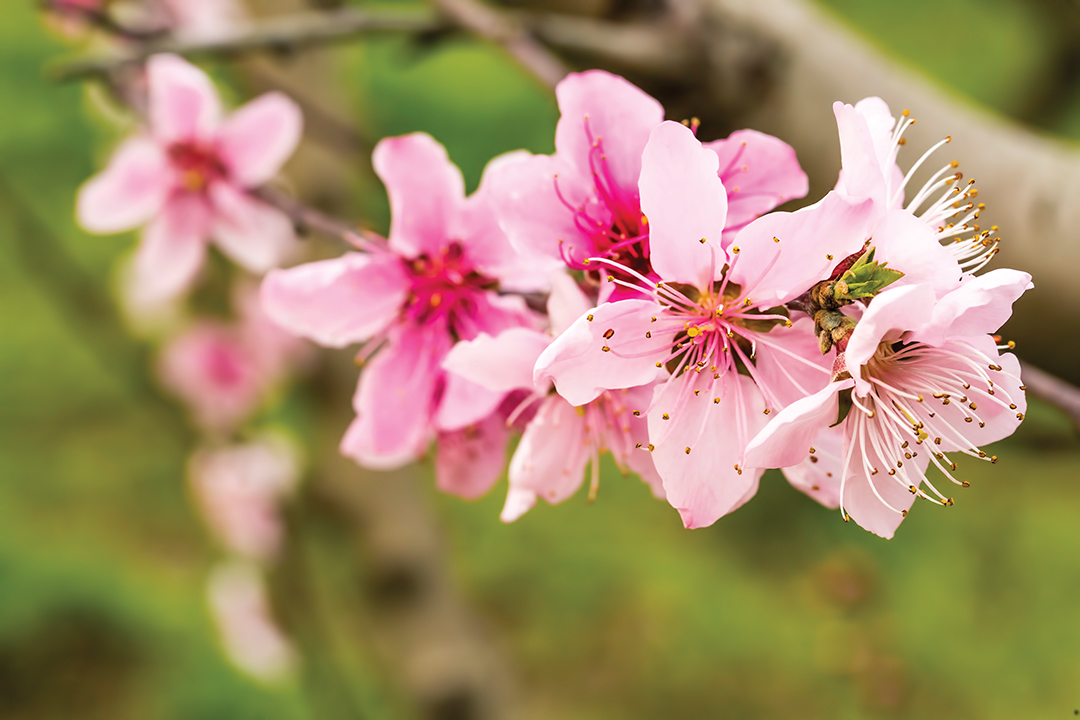
iStock/EsinDeniz
This means a new variety of fruit tree could be viable for planting. “While we’re probably pushing the envelope, the peach tree is going to be an option,” he says. “It’s a marginal fit right now, but that could change.”
Plans to Plant?
There are obvious above-ground considerations to make when planting a tree. How tall will it grow? How wide? Will it crowd a house or another tree? Will it drop lots of leaves or lots of fruit?
Oddly, below-ground considerations might be of greater importance. “The number one problem we see with people planting trees is that they plant them too deep,” says Paul Buck, City of Plymouth forester. “If it’s balled and burlapped, and you plant it too deep, there’s a drowning risk,” he says. “Soils in Plymouth are mostly clay, so they don’t drain. You water and water, and kill the tree with love.”
It’s an industry problem, Buck notes. “It’s why we’ve transitioned to bare-root stock,” he says.
If the tree does make it past the drowning stage, it risks strangulation from the roots continuing to circle. “The health of the tree will decline, but that might not happen until years 15 to 20,” Buck says. “By then, it’s too late.”
Luckily, there’s a fairly easy litmus test to see if you’ve done things right. “Tree trunks aren’t supposed to look like telephone poles,” Buck says. “Ideally, the trunk should have a visible flare or widening at the base.”
For more information about the City of Plymouth’s forestry department, visit plymouthmn.gov.

